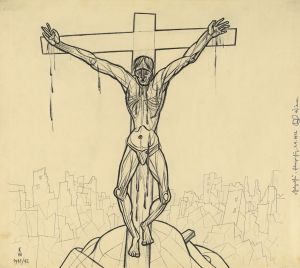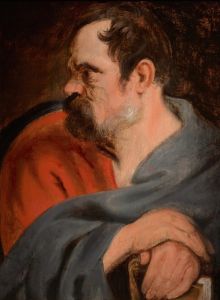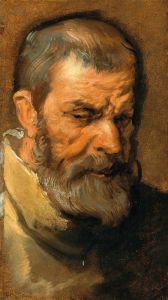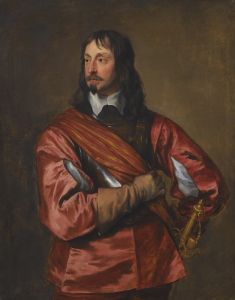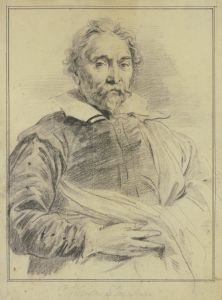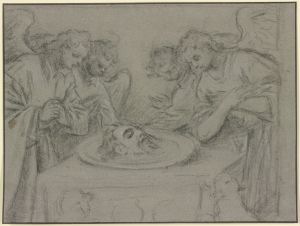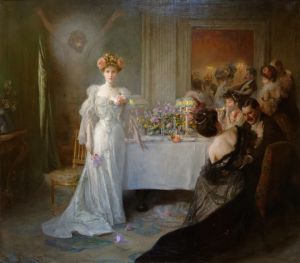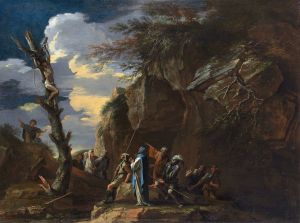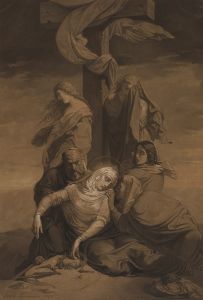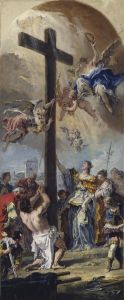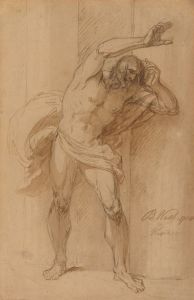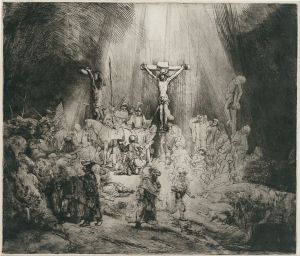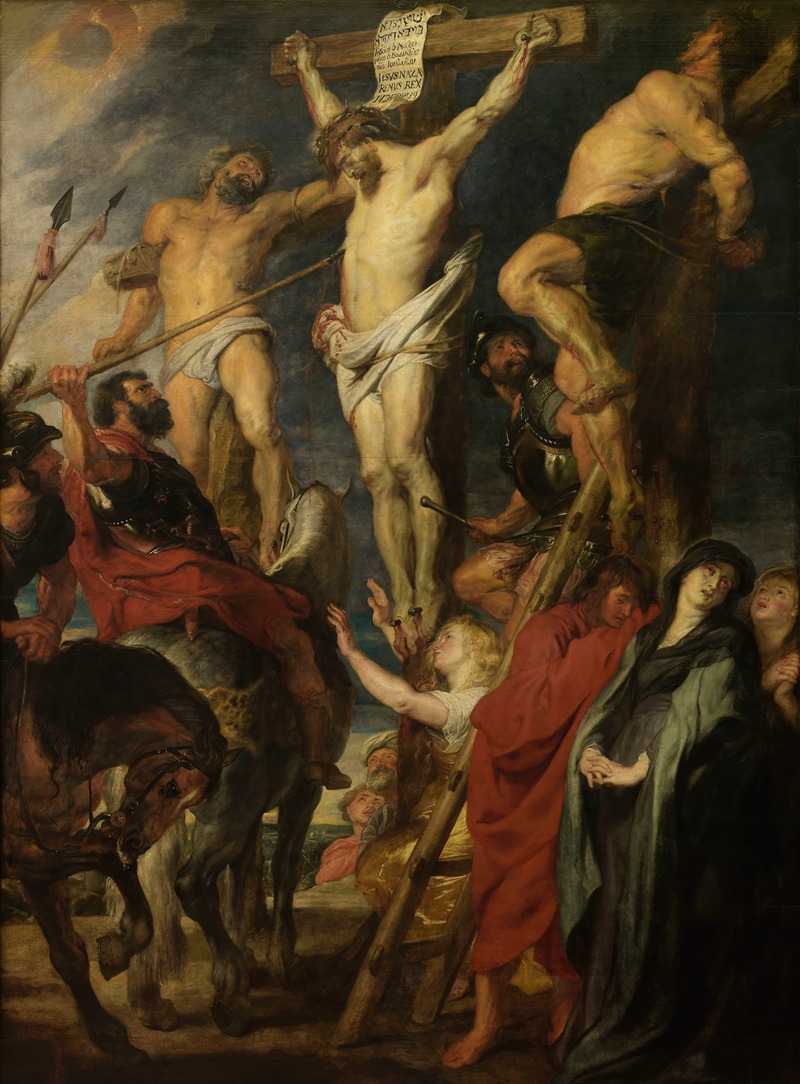
Christ on the Cross, ‘Le coup de lance’
A hand-painted replica of Anthony van Dyck’s masterpiece Christ on the Cross, ‘Le coup de lance’, meticulously crafted by professional artists to capture the true essence of the original. Each piece is created with museum-quality canvas and rare mineral pigments, carefully painted by experienced artists with delicate brushstrokes and rich, layered colors to perfectly recreate the texture of the original artwork. Unlike machine-printed reproductions, this hand-painted version brings the painting to life, infused with the artist’s emotions and skill in every stroke. Whether for personal collection or home decoration, it instantly elevates the artistic atmosphere of any space.
"Christ on the Cross, ‘Le coup de lance’" is a significant work by the Flemish Baroque artist Anthony van Dyck, who was a prominent painter in the early 17th century. Van Dyck, born in 1599 in Antwerp, was a leading figure in the Baroque movement and is best known for his portraits and religious compositions. He was a student of Peter Paul Rubens, one of the most influential artists of the time, and his work was greatly influenced by Rubens' dramatic style and use of color.
The painting "Christ on the Cross, ‘Le coup de lance’" depicts the crucifixion of Jesus Christ, a common theme in Christian art that has been explored by many artists throughout history. This particular work by van Dyck captures the moment when a Roman soldier, traditionally identified as Longinus, pierces Christ's side with a lance. This event is recounted in the Gospel of John (19:34) and holds significant theological importance as it symbolizes the fulfillment of prophecy and the outpouring of grace.
Van Dyck's interpretation of this scene is notable for its emotional intensity and dramatic composition. The artist employs a dynamic use of light and shadow to highlight the central figure of Christ, emphasizing his suffering and the solemnity of the moment. The figures surrounding Christ, including the Roman soldiers and onlookers, are rendered with van Dyck's characteristic attention to detail and expressive gestures, which convey a range of emotions from awe to sorrow.
The painting reflects van Dyck's mastery of the Baroque style, characterized by its emphasis on movement, vivid contrasts, and emotional depth. His use of color and light creates a sense of immediacy and drama, drawing the viewer into the scene. The composition is carefully balanced, with the figure of Christ serving as the focal point, while the surrounding figures and landscape elements guide the viewer's eye across the canvas.
"Christ on the Cross, ‘Le coup de lance’" is an example of van Dyck's ability to convey complex theological themes through his art. His depiction of the crucifixion is both a meditation on the suffering of Christ and a reflection of the artist's deep religious conviction. The painting is also indicative of van Dyck's broader body of work, which includes numerous religious subjects alongside his renowned portraits.
Throughout his career, van Dyck worked in various European cities, including Antwerp, London, and Genoa, where he gained a reputation as a leading portraitist of the aristocracy. His influence extended beyond his lifetime, impacting subsequent generations of artists and contributing to the development of Baroque art in Europe.
"Christ on the Cross, ‘Le coup de lance’" remains an important work within van Dyck's oeuvre, exemplifying his skill in capturing the human form and emotion, as well as his ability to convey profound spiritual themes through his art. The painting continues to be studied and admired for its artistic and historical significance, reflecting van Dyck's enduring legacy in the history of art.





